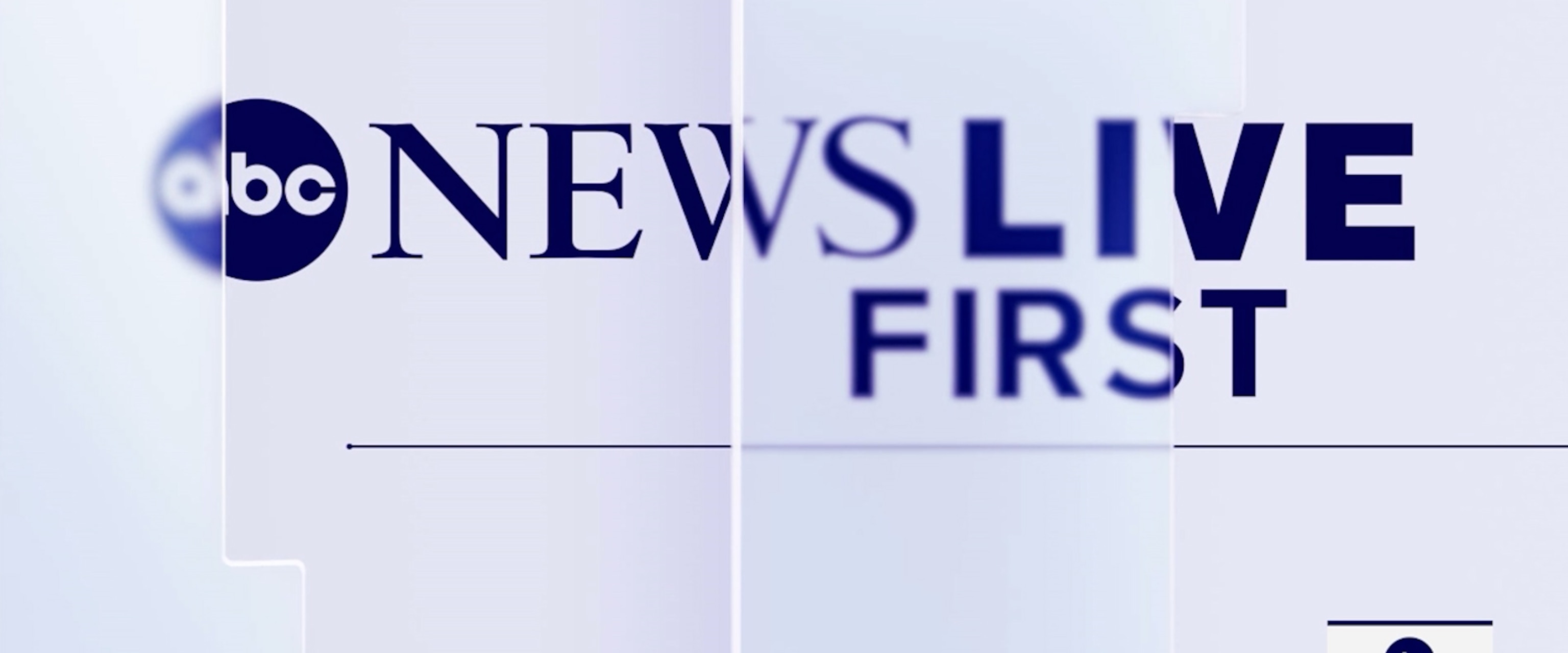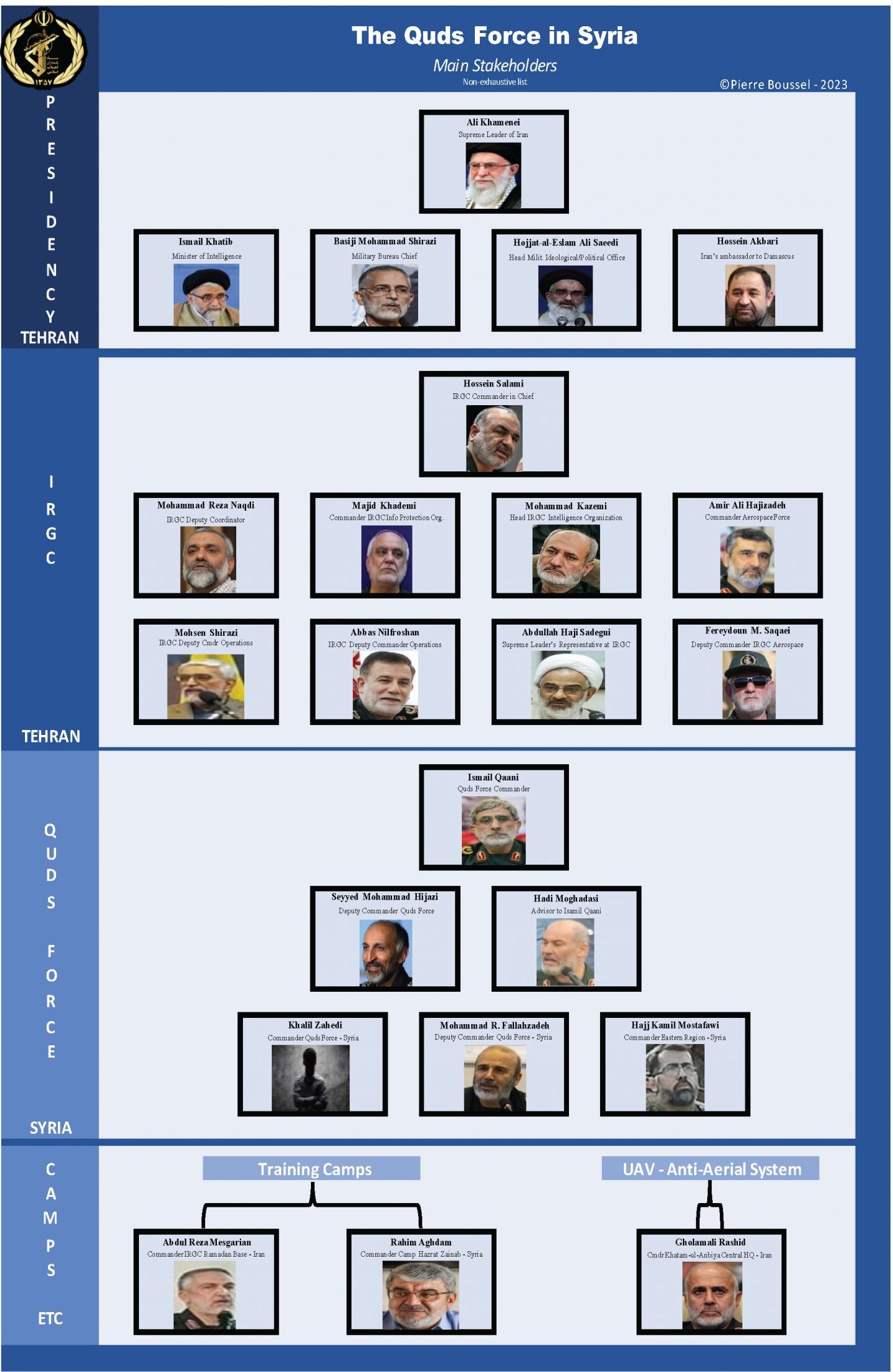Report on the Kashf Foundation’s Contribution to Sustainable Development in Pakistan
Executive Summary
This report analyzes the work of the Kashf Foundation, a microfinance institution in Pakistan founded by Roshaneh Zafar. The foundation’s operations are examined through the lens of the United Nations Sustainable Development Goals (SDGs), with a particular focus on its impact on Gender Equality (SDG 5), No Poverty (SDG 1), Decent Work and Economic Growth (SDG 8), and Quality Education (SDG 4). The report concludes that the Kashf Foundation serves as a significant model for leveraging microfinance to achieve targeted development outcomes, particularly for empowering women in economically stratified societies.
Introduction: Microfinance as a Catalyst for the SDGs
Microfinance provides small-scale financial services, such as loans and insurance, to low-income individuals who lack access to conventional banking. This financial inclusion is a critical enabler for achieving several Sustainable Development Goals. By providing capital to underserved populations, particularly women and rural communities, microfinance directly addresses key development challenges. The strategic application of microloans can stimulate local economies, reduce poverty, and promote gender equality, aligning with the global 2030 Agenda for Sustainable Development.
Founder Profile: Roshaneh Zafar
Roshaneh Zafar, a Wharton-educated social entrepreneur, established the Kashf Foundation in 1996. After a career in investment banking and development work at the World Bank, Zafar was inspired by the work of Nobel Peace Prize winner Muhammad Yunus. She adapted the microfinance model to the unique socio-economic context of Pakistan, aiming to create a sustainable institution that could drive social change and women’s economic empowerment.
The Kashf Foundation’s Alignment with Sustainable Development Goals
The Kashf Foundation’s multifaceted approach directly contributes to the advancement of several key SDGs in Pakistan, a nation facing significant challenges in gender parity and economic development.
SDG 5: Gender Equality
The core mission of the Kashf Foundation is the economic and social empowerment of women, directly addressing the targets of SDG 5. The foundation’s strategy is built on the principle that financial independence is fundamental to achieving gender equality.
- Provides microfinance and microinsurance services specifically tailored for female entrepreneurs.
- Creates platforms for women to establish and grow businesses, thereby increasing their household and community influence.
- Utilizes media, such as the television series “Udaari,” to address social issues like child sexual exploitation and challenge restrictive gender norms, contributing to a more equitable society.
SDG 1: No Poverty & SDG 8: Decent Work and Economic Growth
By providing access to capital, the foundation directly tackles poverty and fosters sustainable economic activity, which are the central aims of SDG 1 and SDG 8.
- Financial Inclusion: The foundation has disbursed nearly $1 billion in financing, enabling millions of individuals to escape poverty by starting or expanding micro-enterprises.
- Job Creation: Support for over seven million micro-entrepreneurs has led to the creation of jobs and sustainable livelihoods within local communities.
- Economic Resilience: Microinsurance products help protect vulnerable households from economic shocks, preventing them from falling back into poverty.
SDG 4: Quality Education
Recognizing that financial tools are most effective when paired with knowledge, the Kashf Foundation integrates educational components into its programs, aligning with SDG 4’s goal of inclusive and equitable quality education and lifelong learning opportunities.
- Offers “capacity building” programs that provide essential business management and financial literacy skills.
- Conducts training sessions to equip female entrepreneurs with the necessary expertise to operate and scale their businesses successfully.
Impact and Recognition
The foundation’s success in advancing the SDGs is evidenced by its scale and the accolades it has received. The model demonstrates a sustainable and impactful approach to development.
- Operational Scale: Employs a staff of 4,500 people, indicating significant organizational capacity.
- Client Impact: Has worked with over seven million micro-entrepreneurs, demonstrating extensive reach.
- Awards and Recognition: The foundation and its founder have received numerous awards, including the Mehergarh Award for Leaders of Change and the COVID-19 Action Award.
- Community Leadership: The success of its clients, such as Rizwana Bibi who won the N-Peace Award in 2016, highlights the foundation’s role in fostering female leadership.
Analysis of the Article in Relation to Sustainable Development Goals (SDGs)
1. Which SDGs are addressed or connected to the issues highlighted in the article?
The article highlights several issues that are directly connected to the following Sustainable Development Goals (SDGs):
- SDG 1: No Poverty – The article focuses on microfinance as a tool to build wealth, enable upward mobility, and provide capital to underserved communities, which are key strategies for poverty alleviation.
- SDG 4: Quality Education – The Kashf Foundation’s provision of “capacity building” and educational programs to build business skills directly addresses the goal of providing relevant education for employment and entrepreneurship.
- SDG 5: Gender Equality – A central theme of the article is empowering women in Pakistan, a country ranked last in gender parity. The Kashf Foundation specifically targets female entrepreneurs to counter gender inequality.
- SDG 8: Decent Work and Economic Growth – By providing startup funds and financial tools to over seven million micro-entrepreneurs, the foundation promotes entrepreneurship, business growth, and economic development.
- SDG 10: Reduced Inequalities – The work described in the article aims to reduce economic and social inequalities by specifically targeting and empowering underfunded groups, such as women and rural communities, in a highly stratified nation.
2. What specific targets under those SDGs can be identified based on the article’s content?
Based on the activities and goals described in the article, the following specific SDG targets can be identified:
- Target 1.4: By 2030, ensure that all men and women, in particular the poor and the vulnerable, have equal rights to economic resources, as well as access to basic services, ownership and control over land and other forms of property, inheritance, natural resources, appropriate new technology and financial services, including microfinance.
- The article details how the Kashf Foundation provides microfinance and microinsurance to underserved communities, directly aligning with this target’s focus on financial inclusion.
- Target 4.4: By 2030, substantially increase the number of youth and adults who have relevant skills, including technical and vocational skills, for employment, decent jobs and entrepreneurship.
- The foundation’s “capacity building” programs, which “build the skills necessary for operating and growing a business,” directly contribute to this target.
- Target 5.a: Undertake reforms to give women equal rights to economic resources, as well as access to ownership and control over land and other forms of property, financial services, inheritance and natural resources, in accordance with national laws.
- The foundation’s mission to bring “financial tools, such as microfinance and microinsurance, to female entrepreneurs throughout Pakistan” is a direct implementation of this target.
- Target 8.3: Promote development-oriented policies that support productive activities, decent job creation, entrepreneurship, creativity and innovation, and encourage the formalization and growth of micro-, small- and medium-sized enterprises, including through access to financial services.
- The article’s focus on providing startup funds and financing to “micro-entrepreneurs” to launch new businesses is a clear example of actions supporting this target.
- Target 10.2: By 2030, empower and promote the social, economic and political inclusion of all, irrespective of age, sex, disability, race, ethnicity, origin, religion or economic or other status.
- The foundation’s work to empower women and rural communities in Pakistan, a nation described as highly stratified, directly addresses the goal of promoting social and economic inclusion for marginalized groups.
3. Are there any indicators mentioned or implied in the article that can be used to measure progress towards the identified targets?
Yes, the article provides several quantitative and qualitative indicators that can be used to measure progress:
- Number of beneficiaries reached: The article states that the Kashf Foundation “has worked with more than seven million micro-entrepreneurs.” This is a direct indicator of the scale of financial inclusion and outreach.
- Volume of financial services provided: The foundation has “provided almost $1 billion in financing.” This quantifies the level of access to capital for entrepreneurs.
- Job creation: The mention that the foundation “has a staff of 4,500 people” serves as an indicator of direct employment generation.
- Number of individuals receiving training: While not providing a specific number, the mention of “capacity building” and “educational programs” implies that the number of participants trained is a key metric for measuring progress on skill development (Target 4.4).
- Impact on women’s empowerment and leadership: The example of Rizwana Bibi, a client who won an award “for her community work in female empowerment,” serves as a qualitative indicator of the program’s success in fostering leadership and social change.
- Baseline for gender inequality: The statement that “Pakistan currently ranks last in overall gender parity” provides a crucial baseline indicator against which the impact of such initiatives can be measured over time.
4. Table of SDGs, Targets, and Indicators
| SDGs | Targets | Indicators |
|---|---|---|
| SDG 1: No Poverty | 1.4: Ensure equal rights to economic resources and access to financial services, including microfinance. |
|
| SDG 4: Quality Education | 4.4: Increase the number of adults with relevant skills for entrepreneurship. |
|
| SDG 5: Gender Equality | 5.a: Give women equal rights and access to economic and financial resources. |
|
| SDG 8: Decent Work and Economic Growth | 8.3: Promote entrepreneurship and the growth of micro-enterprises through access to financial services. |
|
| SDG 10: Reduced Inequalities | 10.2: Empower and promote the social and economic inclusion of all, especially women. |
|
Source: borgenproject.org







